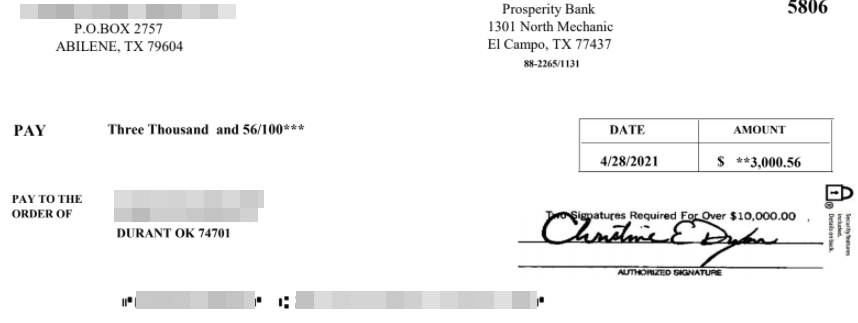
Operation Outward - Wikipedia
Operation Outward was a British World War II program to attack Germany by means of free-flying balloons. It made use of cheap, simple balloons filled with hydrogen. They carried either a trailing steel wire intended to damage high voltage power lines by producing a short circuit, or incendiary devices that were intended to start fires in fields, forests and heathland.
A total of 99,142 Outward balloons were launched; about half carried incendiaries and half carried trailing wires.[a]
Compared to Japan's better-known fire balloons, Outward balloons were crude. They had to travel a much shorter distance so they flew at a lower altitude – 16,000 feet (4,900 m), compared with 38,000 feet (12,000 m) – and had only a simple mechanism to regulate altitude by means of dropping ballast or venting lifting gas. This meant the balloons were simple to mass-produce and only cost 35 shillings each (approximately equivalent to £96 in 2021[3]).
The free flying balloon attacks were highly successful. Although difficult to assess exactly, they had an economic impact on Germany far in excess of the cost to the British government.[2][4][5]


















